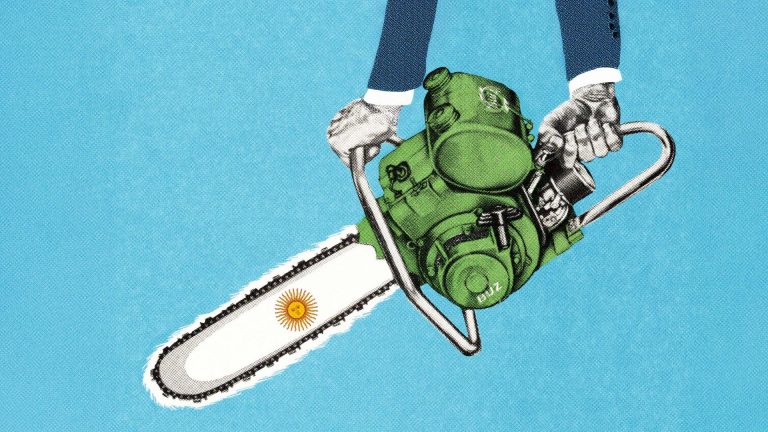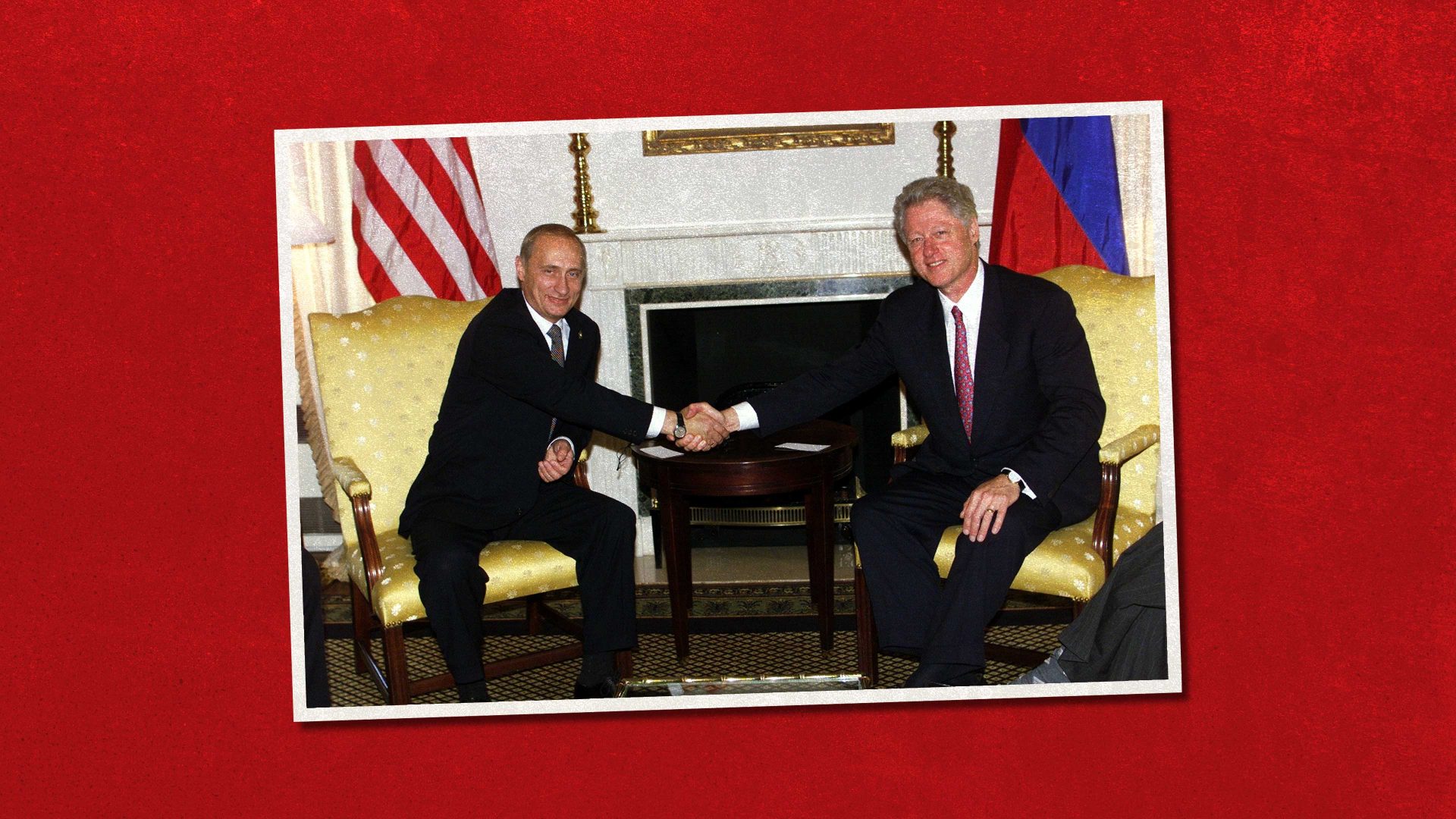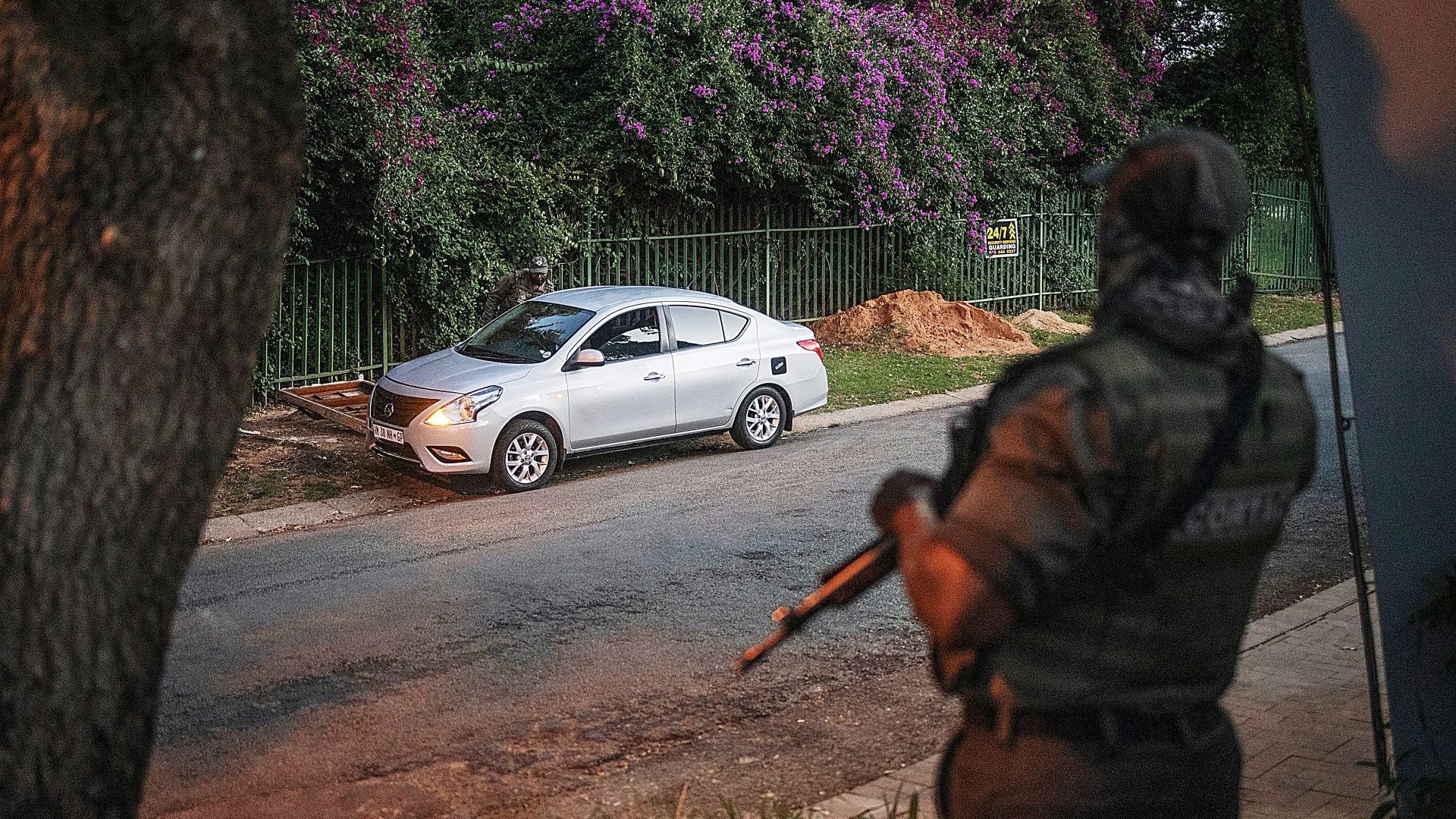When I say I’m in Panama, first people ask, “Have you seen the canal?” and then, “Have you bought a hat?” Beyond that, the small central American nation is a mystery. There’s the occasional headline about the US threatening to invade, and then… silence.
But this narrow tropical isthmus holds one of the greatest natural spectacles on Earth: it is the bridge that joined two continents. Long ago, the ocean covered the area where Panama lies today. But between three and six million years ago, a strip of land rose from the sea, linking North and South America. Scientists say the formation of the isthmus of Panama is one of the most important geological events ever to happen on Earth.
Biologists call what happened next the Great American Biotic Interchange – bears, sabre-toothed cats, and jaguars wandered south, while armadillos and anteaters roamed north. The mixing also led to a “great extinction” – with many species outcompeted by new arrivals from the other continent.
Almost half of the living South American mammals today descend from North America, while 10% of the North American mammals come from their South American ancestors, such as opossums, porcupines and armadillos.
As the connecting point between the two continents, Panama’s biodiversity is exceptionally rich. It hosts over 1,000 species of birds, and hundreds of mammal species. It is also home to the iconic Panamanian golden frog – long revered as a sign of good luck – jaguars and ocelots, and the quetzal, considered among the world’s most beautiful birds.
You don’t have to trek far to spot the cast list. On a palm-lined beach, a local seller pointed to the treetops: a family of sloths, clambering lazily in search of food. Outside my Airbnb, hummingbirds hovered over hibiscus blossoms; butterflies drifted past in electric yellow. And then there are the whales. Panama is one of the few places where both northern and southern hemisphere humpbacks meet. I counted at least six breaching the water. On another day, a $6 taxi boat turned into a dolphin show.
And yet, Panama has a deforestation problem, losing hundreds of thousands of hectares in recent years – most of it cleared for roads, cattle ranches and plantations. Even the canal comes with hidden costs: habitats are cut in two, species are pushed aside, freshwater supplies are salinised.
Suggested Reading

Javier Milei’s broken chainsaw
The division within Panama began with the gold rush in the 1850s, accelerated with the creation of the canal in the early 1900s, and today it is gaining pace as the country gears up for major development projects.
Climate change is also dealing a blow. Last year, the indigenous Guna people were relocated from the low-lying island of Gardi Sugdub, just over 1km off the northern Panamanian coast. The islanders were some of the first people ever to be moved due to climate change – the government said the island communities faced an “imminent risk” from rising sea levels, which scientists believe are likely to render some of the islands uninhabitable by 2050.
Mining projects are also contaminating water and land and polluting the air, as well as encroaching on sensitive habitats. “Mining here is deadly, affecting our flora, our fauna, and the health of our people. It is polluting our environment,” Mary Acosta, a resident of the indigenous El Piro community, told me.
“On the one hand, we have a super, super high biodiversity, basically thanks to this corridor. And at the same time, we have this massive decline of biodiversity ongoing because that same corridor is now gone, broken up,” says Patrick Jansen, professor of wildlife ecology and researcher at the Smithsonian Tropical Research Institute.
For now, though, Panama is still humming with creatures great and small – a crossroads of two worlds, still alive with the ancient handshake of continents.
The only wildlife I wouldn’t recommend? The herds of retired Americans who have settled here, declining to learn Spanish, holding court in beach bars while lamenting – without irony – the arrival of immigrants back home.
Harriet Barber is a freelance journalist covering human rights abuses, women’s rights and politics in South America



